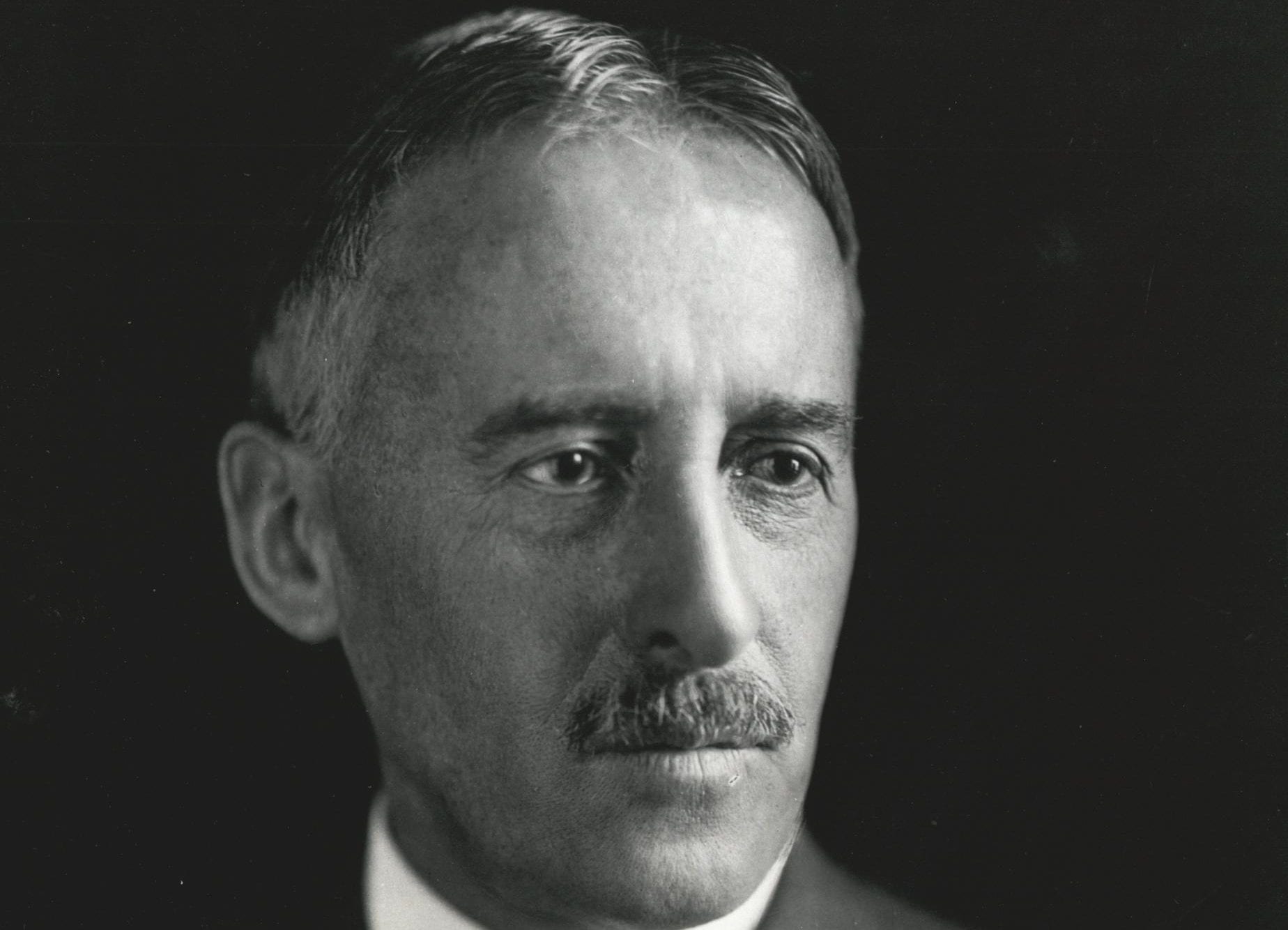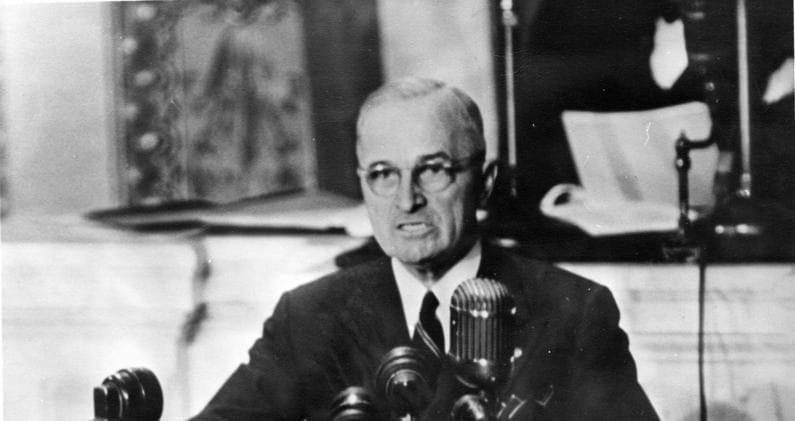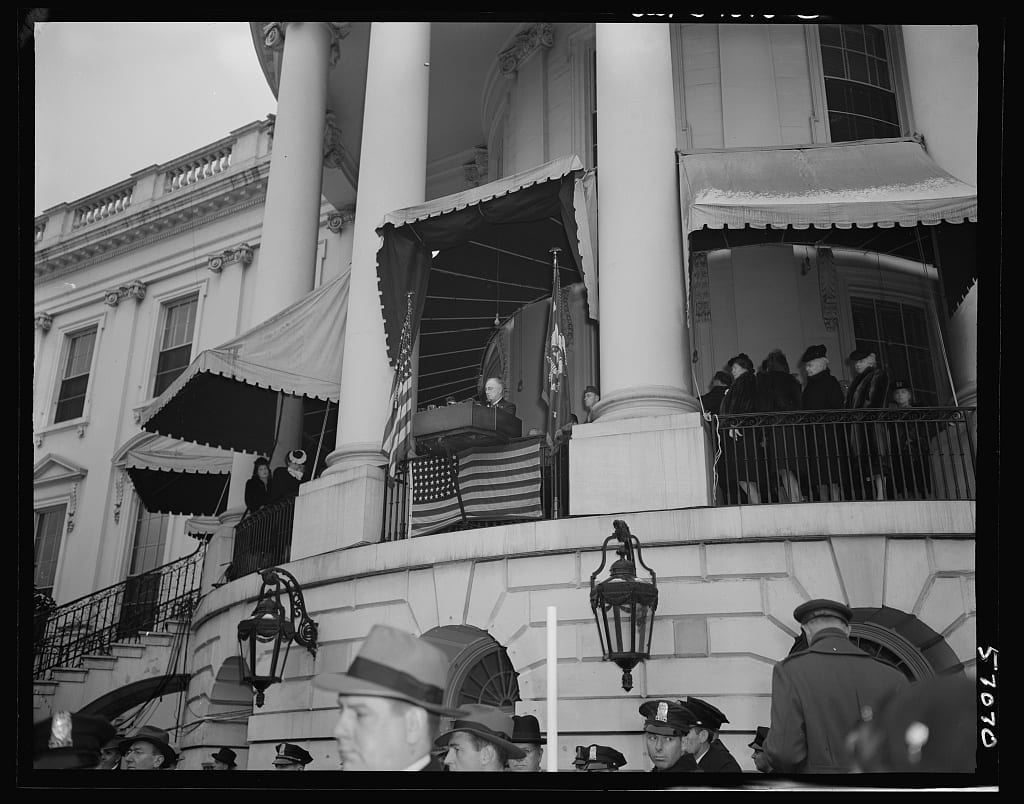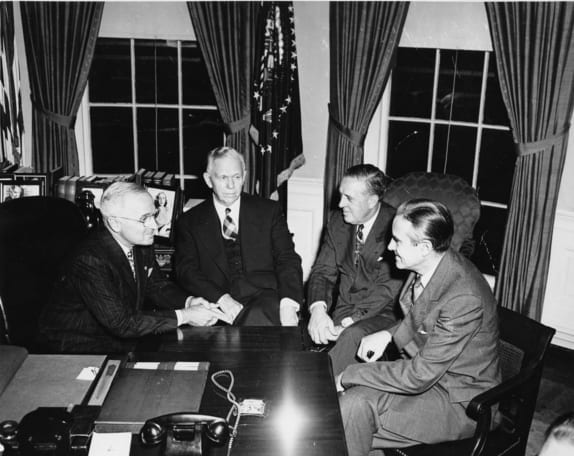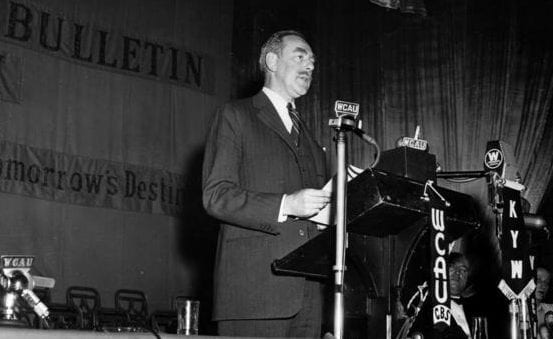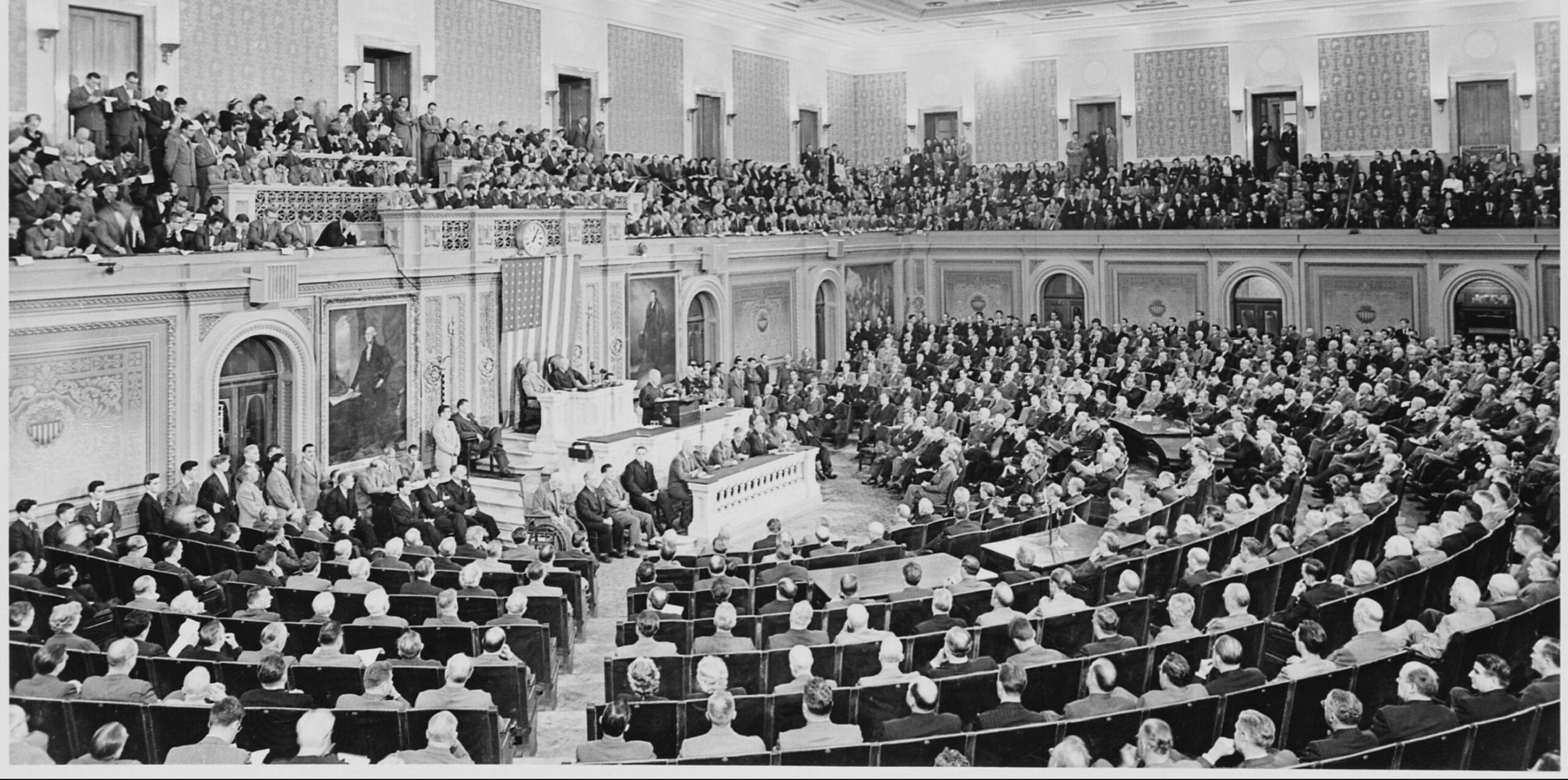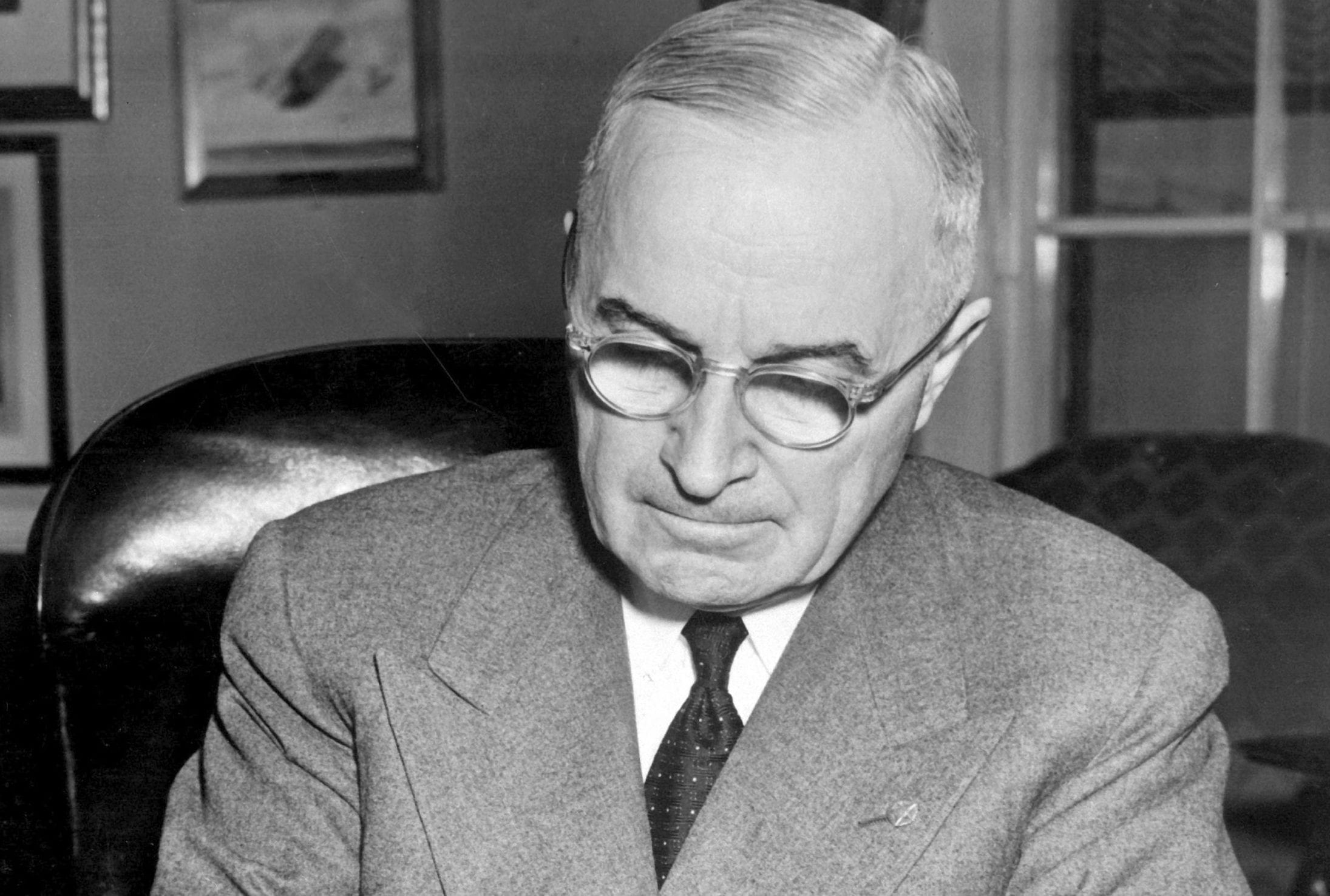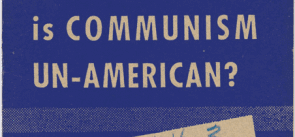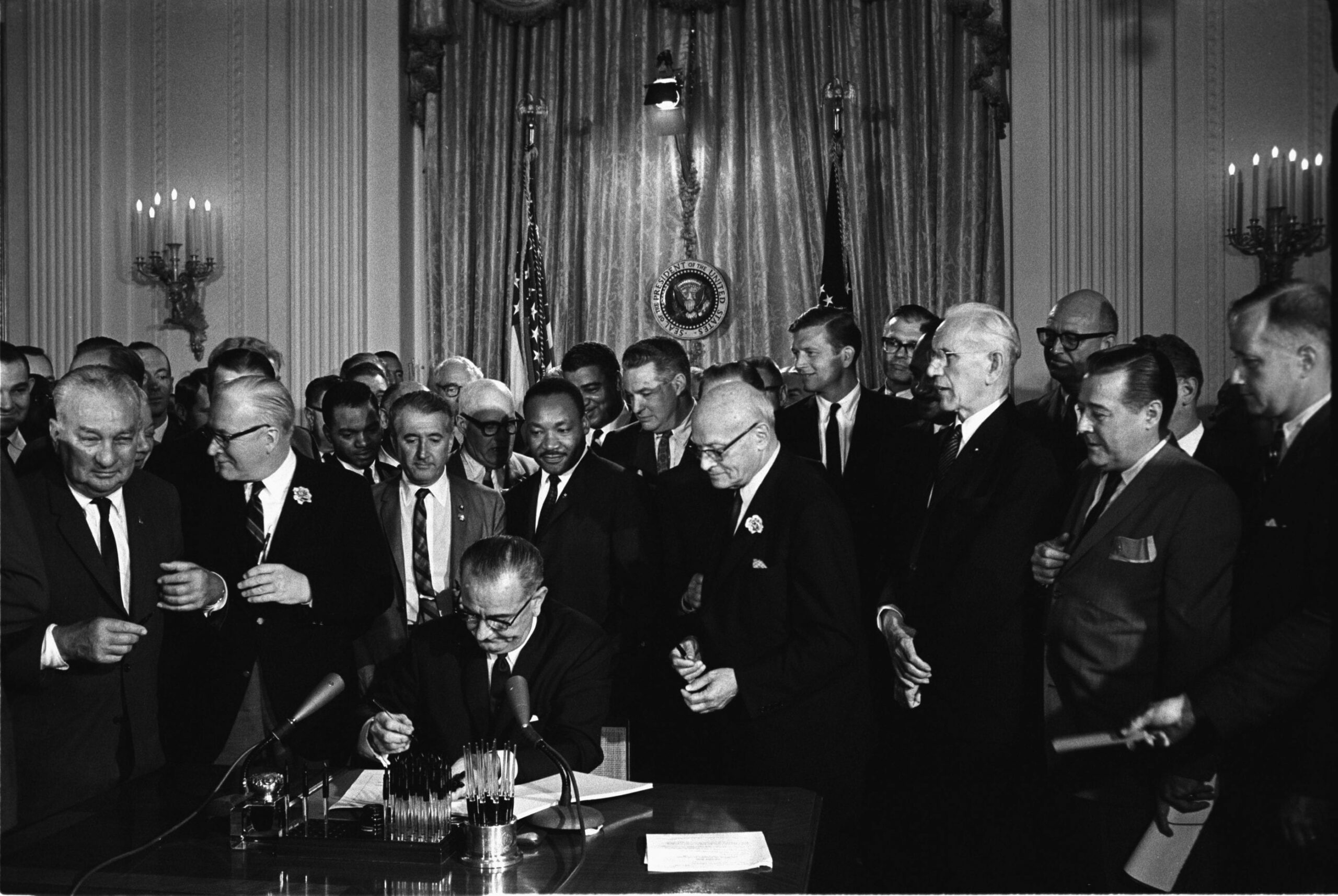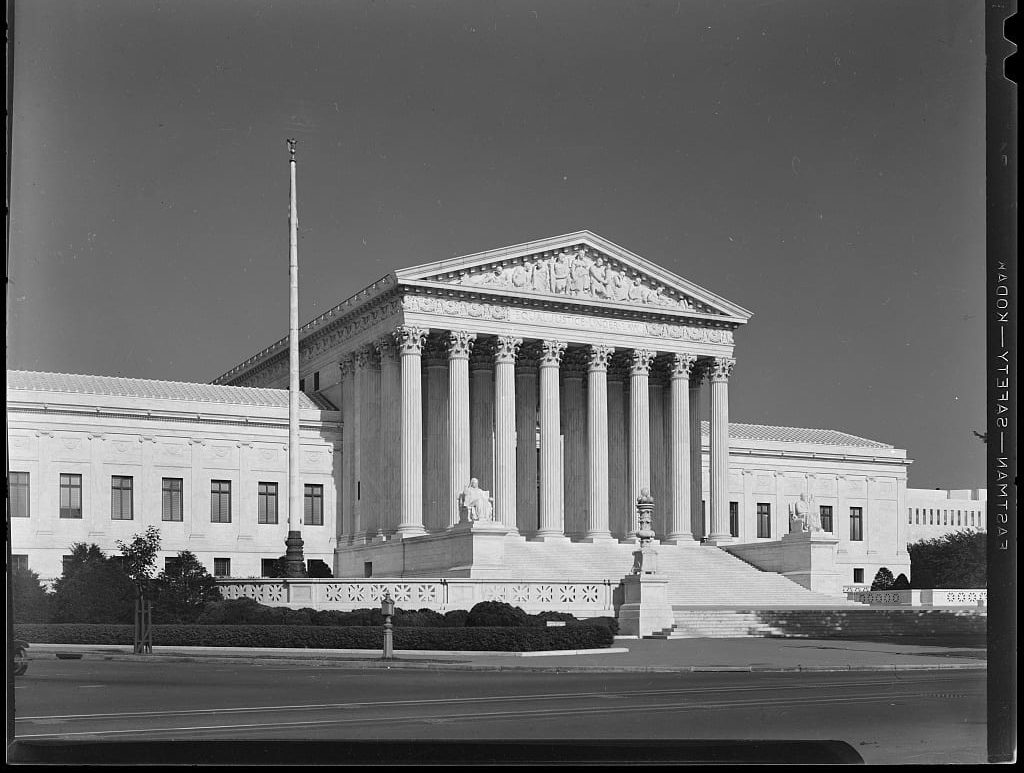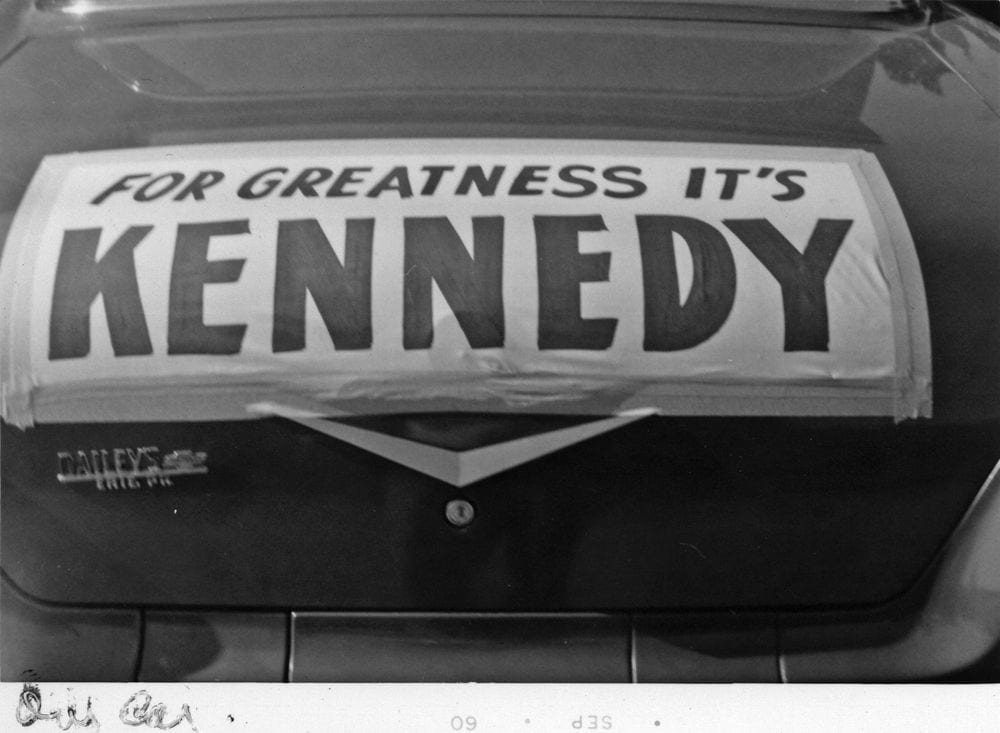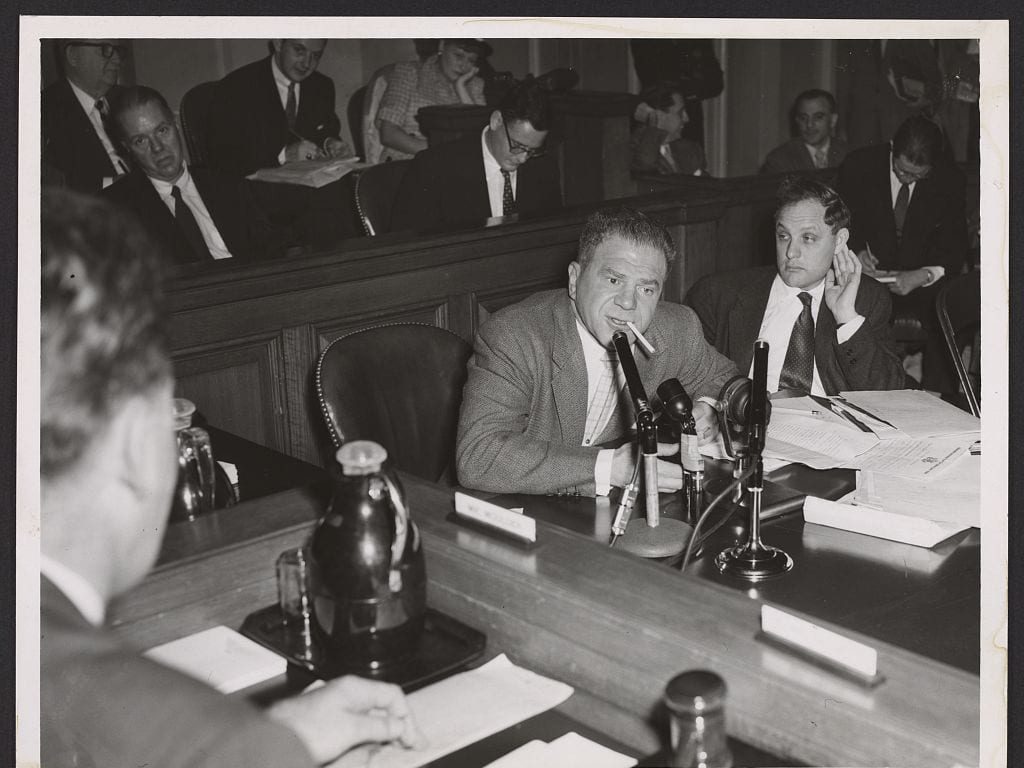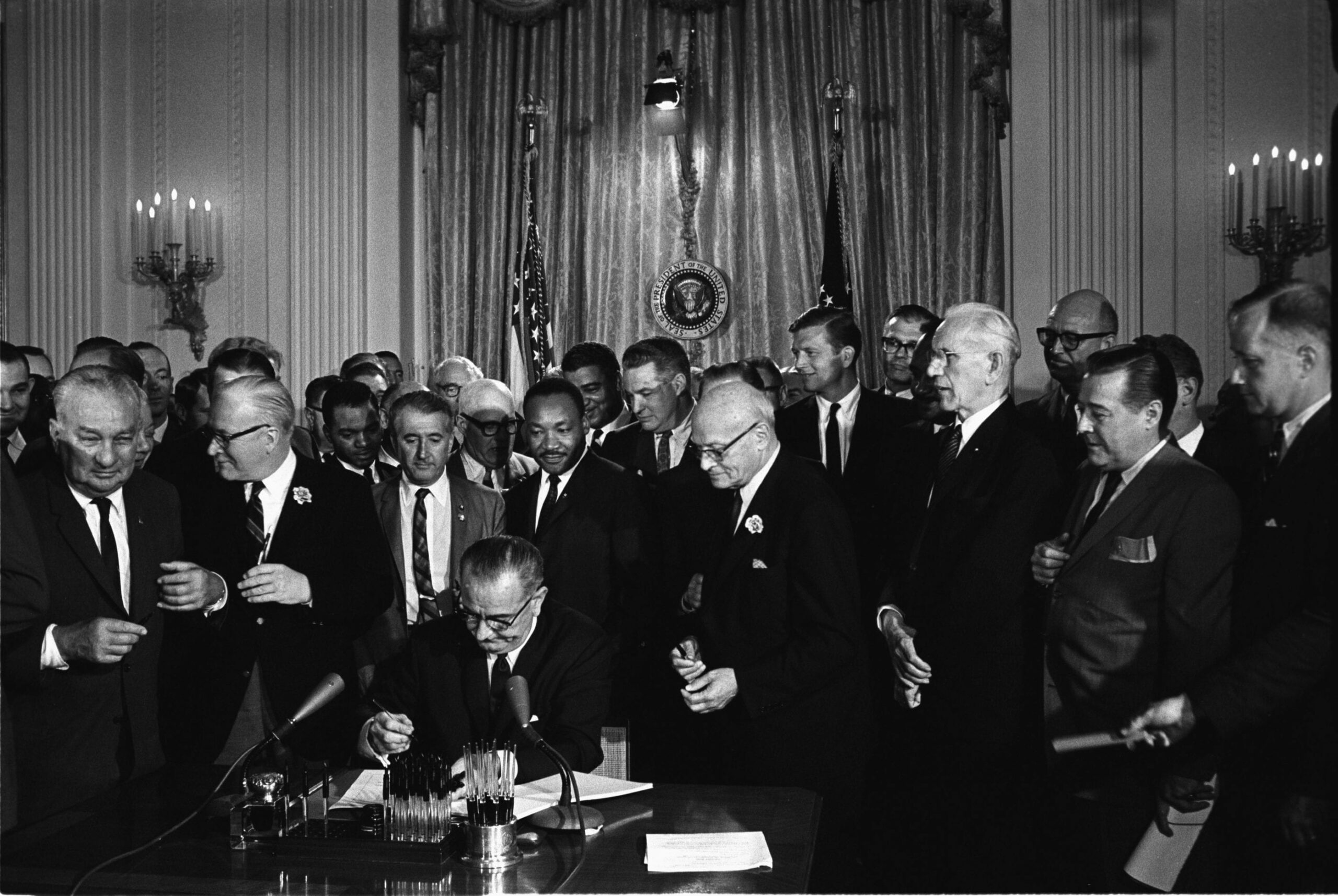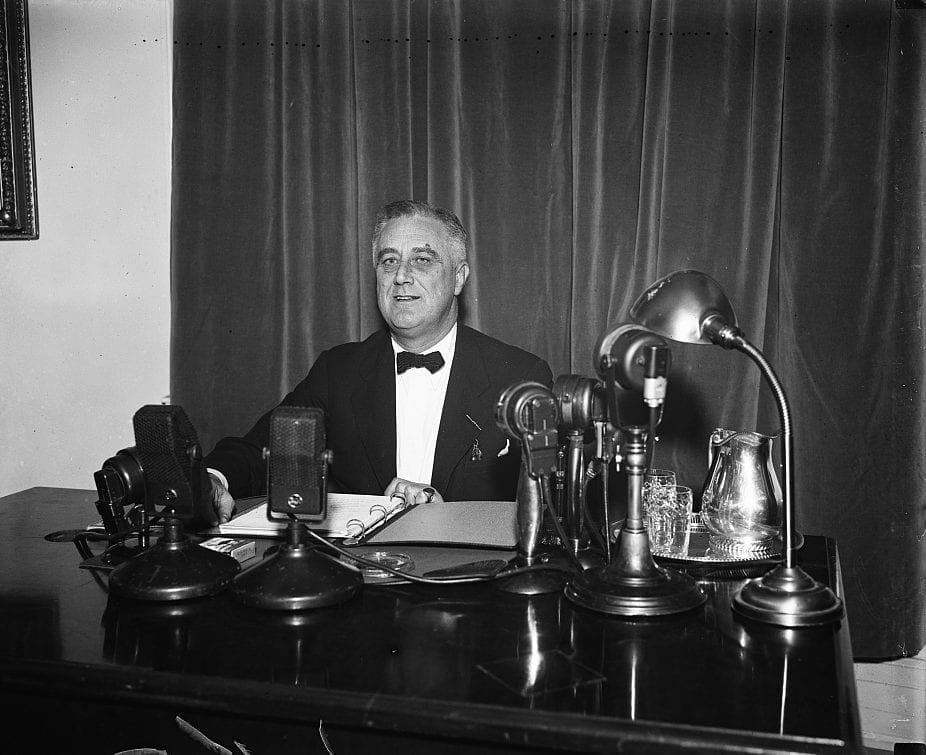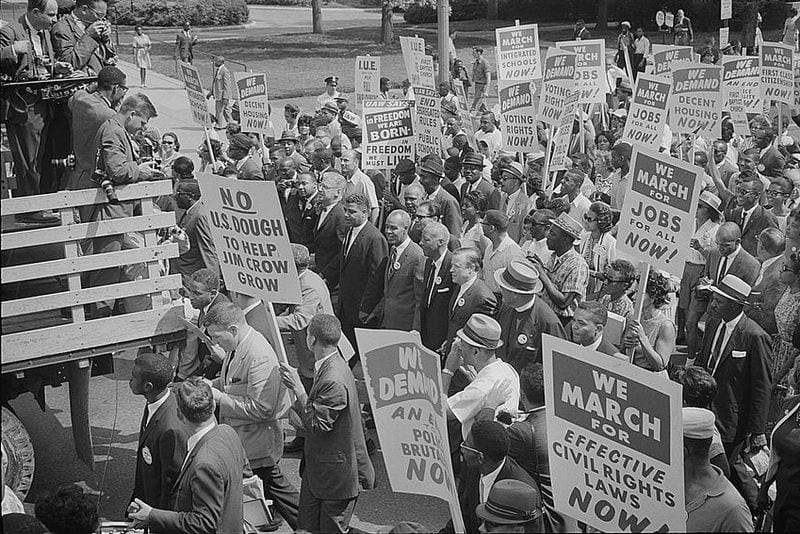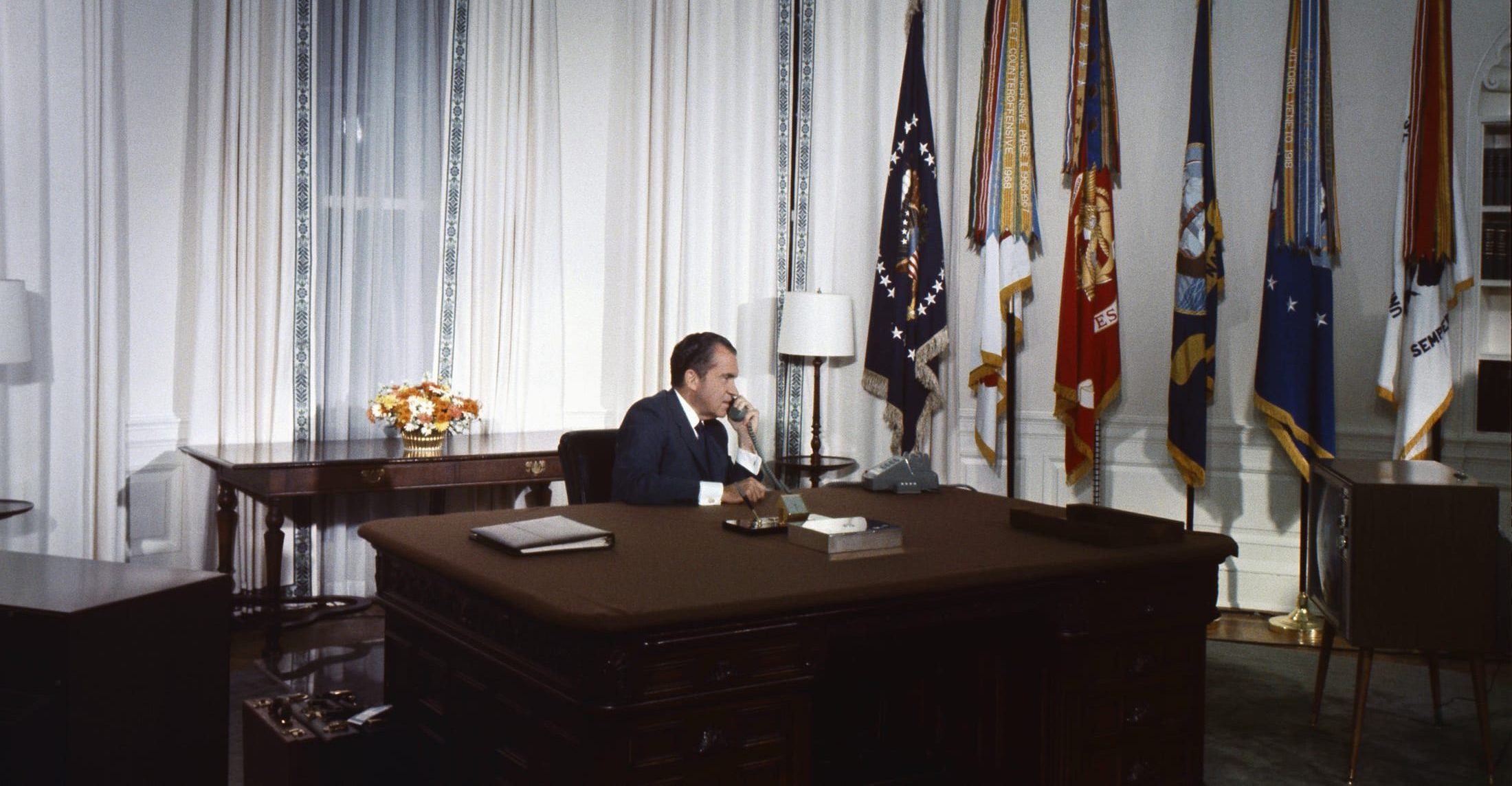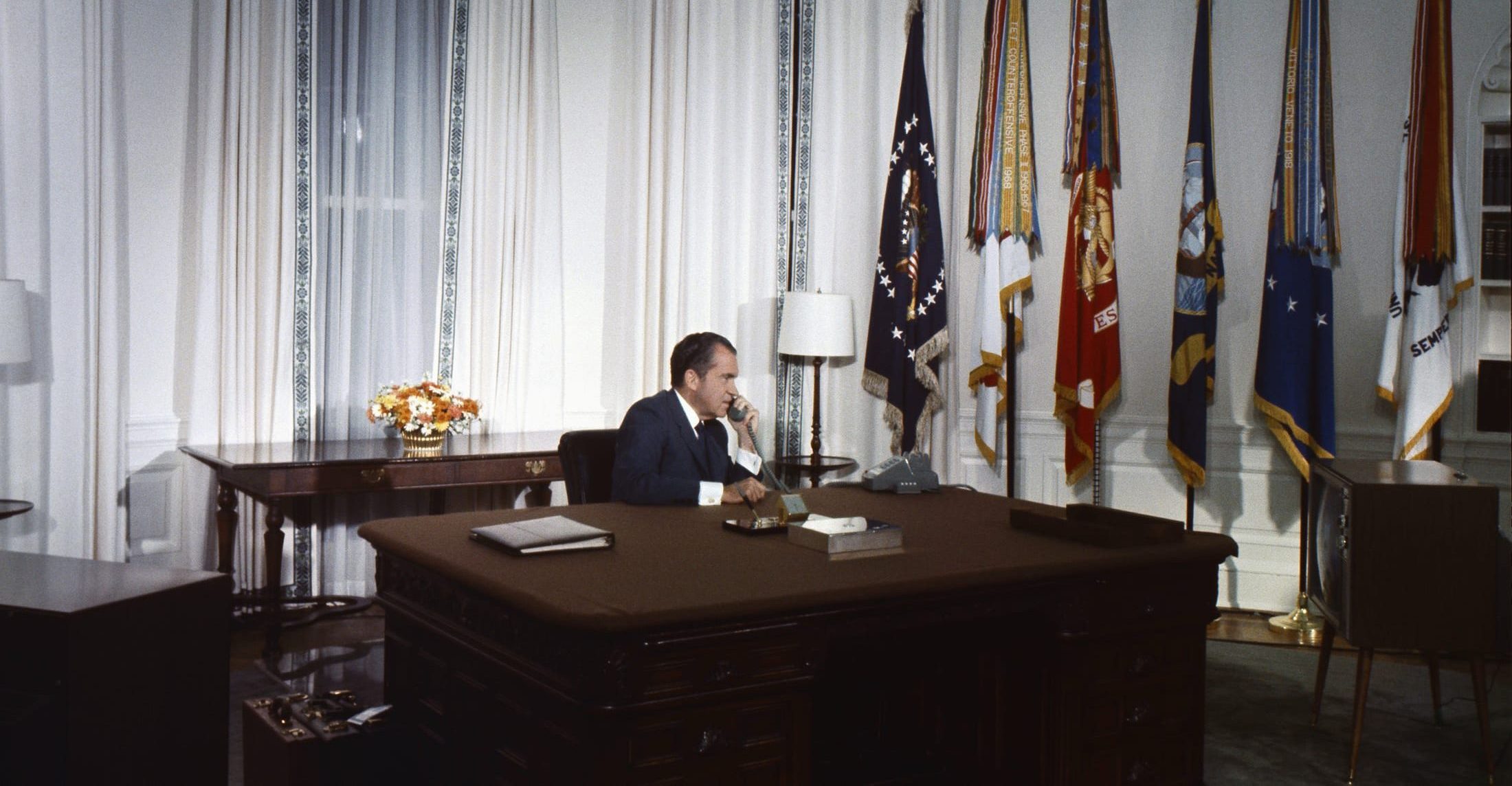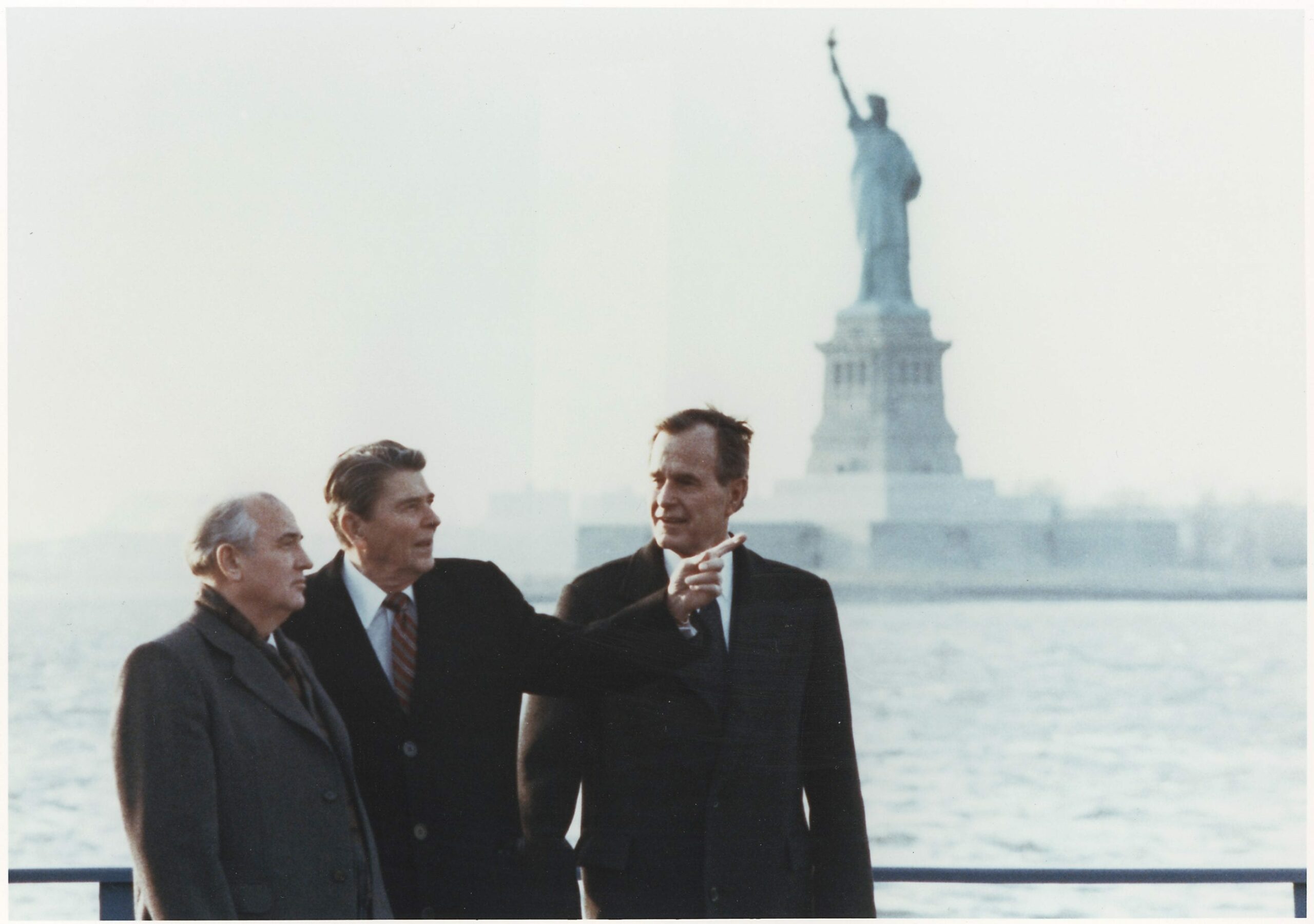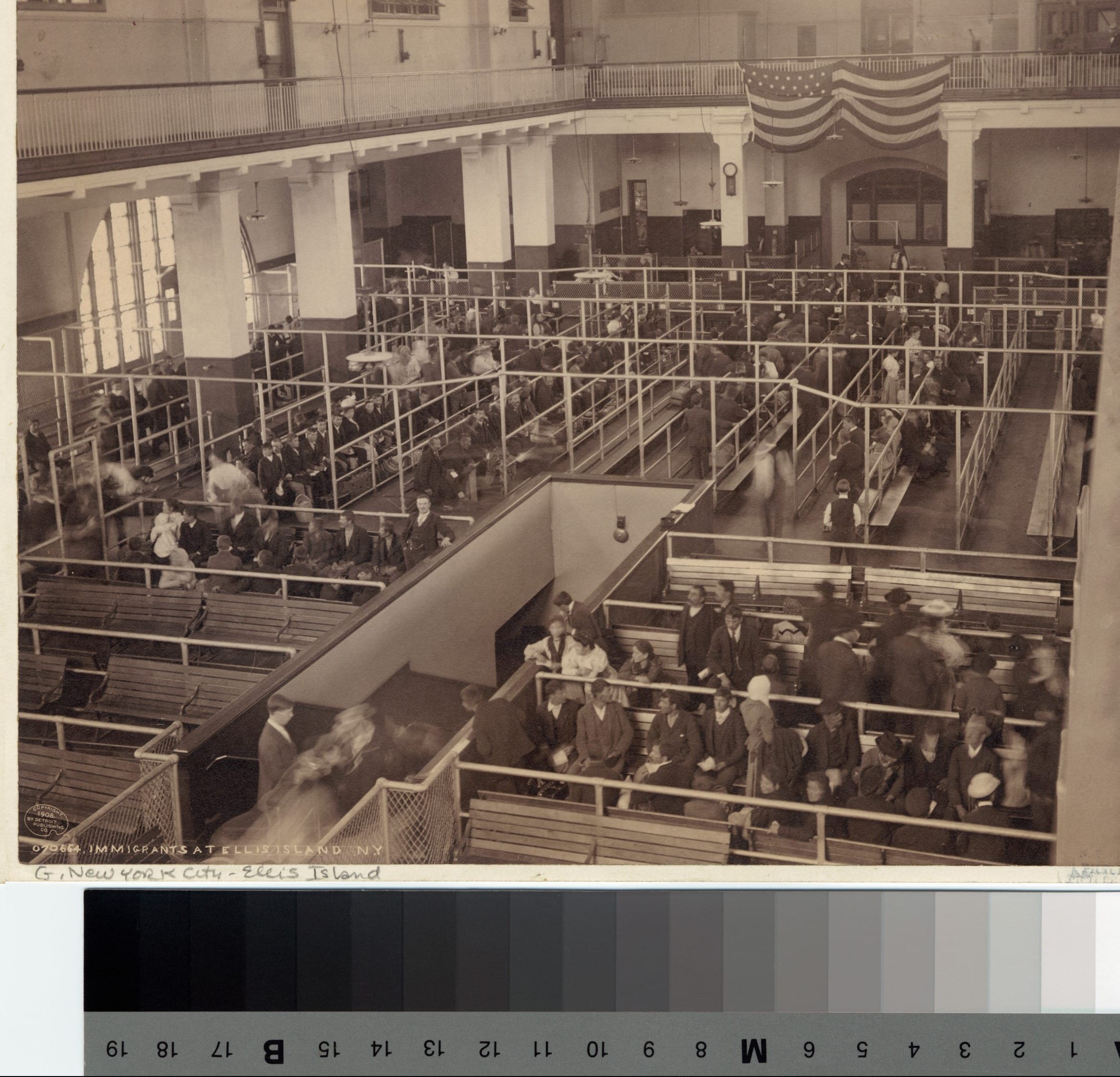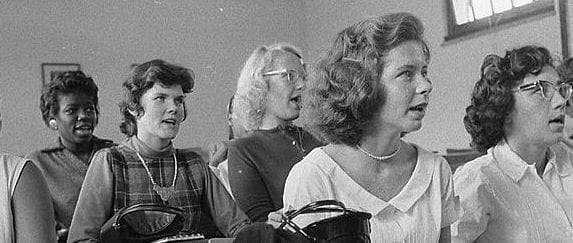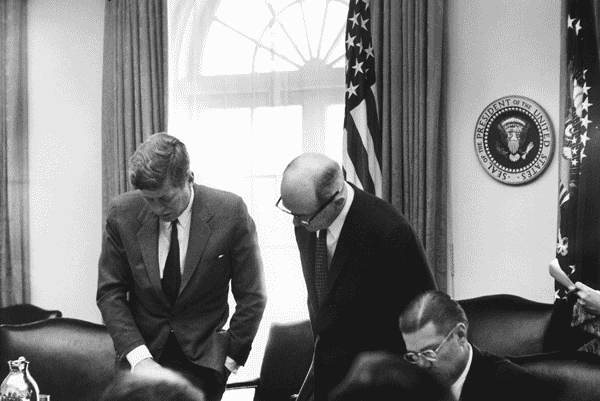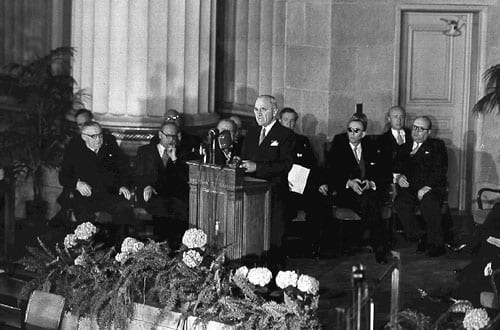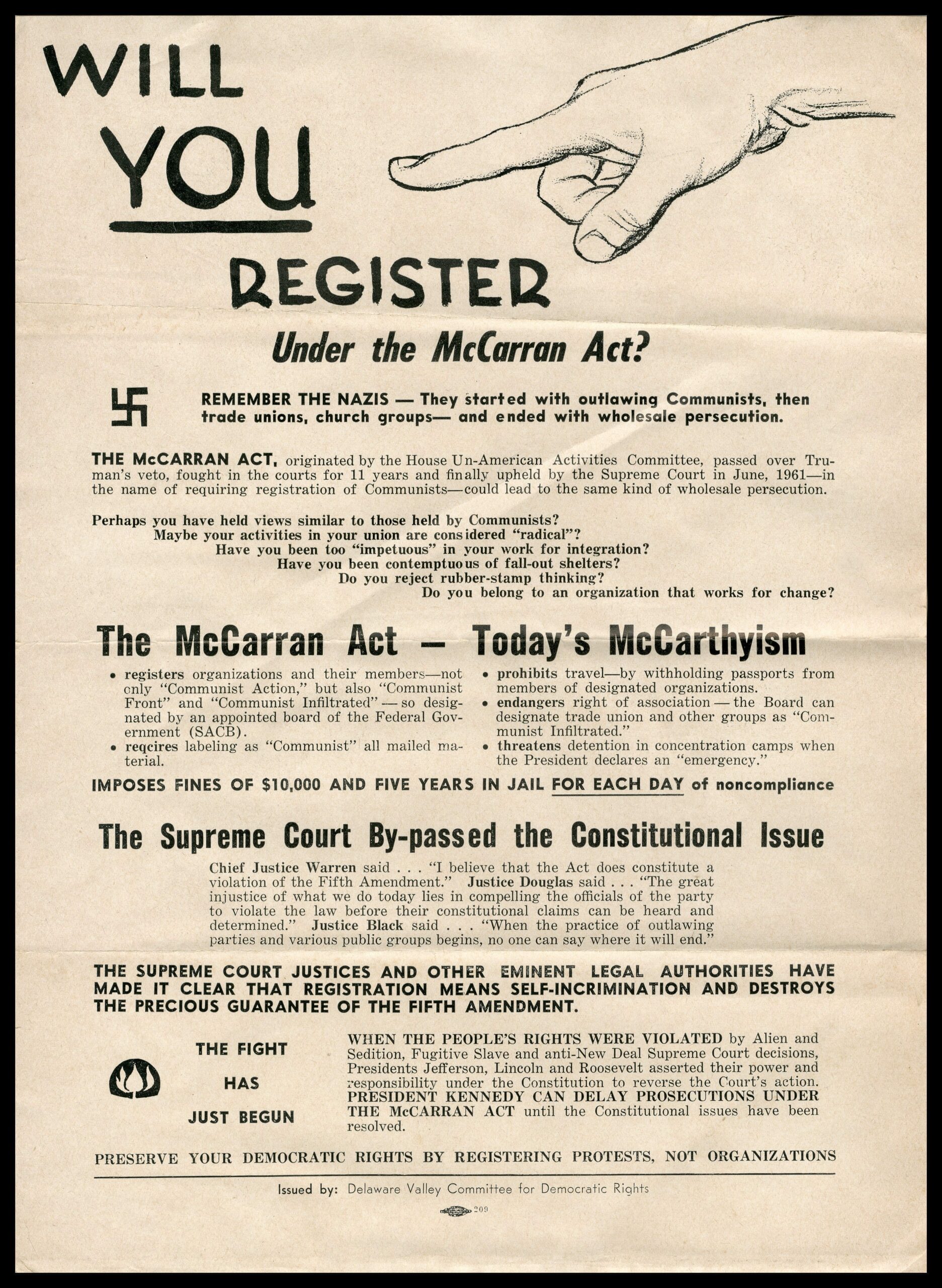
Introduction
Like libel and fighting words, obscenity is a content-based category of expression that is not protected by the First Amendment. That is to say, authorities may punish obscene material without infringing upon First Amendment rights. The difficulty, however, is defining obscenity, a problem that has plagued the Court. How does one distinguish between sexual expression that might be protected and obscene material that is unprotected? Attempting to answer this question, Justice Potter Stewart once curtly explained, “I know it when I see it.” Until the mid-twentieth century, the Court adopted the Hicklin test, a Victorian common-law standard that judged obscenity in terms of “whether the tendency of the matter is to deprave and corrupt those whose minds are open to such immoral influences.” Under this standard, sexual expression could be restricted based on the reactions of those most susceptible to sexual suggestion, whether the pervert or the prude. Furthermore, under the Hicklin test, a work could be deemed obscene if only an isolated portion of it, rather than the work as a whole, affected this susceptible person. In, Roth v. United States (1957), the Supreme Court rejected the Hicklin test and replaced it with a new standard for judging obscenity. The Roth test defined obscene material as that which “deals with sex in a manner appealing to the prurient interest” and is “utterly without redeeming social importance.” Under Roth, ideas having even the slightest redeeming social importance are protected. The Roth test and a subsequent iteration of it in Memoirs v. Massachusetts (1966) were superseded by Miller v. California, decided 5–4, and the companion case Paris Adult Theatre I v. Slaton (1973), which remain the controlling precedents for obscenity. Notably, in a nod to federalism and a change from Roth, the new obscenity standard of Miller was a state and local standard, not a national one. The Court also replaced the “utterly without redeeming social value” of the Memoirs test with the SLAPS test (serious, literary, artistic, political, scientific value). Nine years after Miller, in New York v. Ferber (1982), the Court banned child pornography as a category excluded from First Amendment protection.
Source: 413 U.S. 15, https://www.law.cornell.edu/supremecourt/text/413/15.
- CHIEF JUSTICE BURGER delivered the opinion of the Court.
This is one of a group of “obscenity-pornography” cases being reviewed by the Court in a reexamination of standards enunciated in earlier cases involving what Mr. Justice Harlan called “the intractable obscenity problem.”
Appellant[1] conducted a mass mailing campaign to advertise the sale of illustrated books, euphemistically called “adult” material. After a jury trial, he was convicted of violating California Penal Code § 311.2(a), a misdemeanor, by knowingly distributing obscene matter, and the Appellate Department, Superior Court of California, County of Orange, summarily affirmed the judgment without opinion. Appellant’s conviction was specifically based on his conduct in causing five unsolicited advertising brochures to be sent through the mail in an envelope addressed to a restaurant in Newport Beach, California. The envelope was opened by the manager of the restaurant and his mother. They had not requested the brochures; they complained to the police.
The brochures advertise four books entitled Intercourse, Man-Woman, Sex Orgies Illustrated, and An Illustrated History of Pornography, and a film entitled Marital Intercourse. While the brochures contain some descriptive printed material, primarily they consist of pictures and drawings very explicitly depicting men and women in groups of two or more engaging in a variety of sexual activities, with genitals often prominently displayed.
This case involves the application of a state’s criminal obscenity statute to a situation in which sexually explicit materials have been thrust by aggressive sales action upon unwilling recipients who had in no way indicated any desire to receive such materials. This Court has recognized that the states have a legitimate interest in prohibiting dissemination or exhibition of obscene material when the mode of dissemination carries with it a significant danger of offending the sensibilities of unwilling recipients or of exposure to juveniles. It is in this context that we are called on to define the standards which must be used to identify obscene material that a state may regulate without infringing on the First Amendment as applicable to the states through the Fourteenth Amendment. . . .
This much has been categorically settled by the Court, that obscene material is unprotected by the First Amendment. We acknowledge, however, the inherent dangers of undertaking to regulate any form of expression. State statutes designed to regulate obscene materials must be carefully limited. As a result, we now confine the permissible scope of such regulation to works which depict or describe sexual conduct. That conduct must be specifically defined by the applicable state law, as written or authoritatively construed. A state offense must also be limited to works which, taken as a whole, appeal to the prurient interest in sex, which portray sexual conduct in a patently offensive way, and which, taken as a whole, do not have serious literary, artistic, political, or scientific value.
The basic guidelines for the trier of fact[2] must be: (a) whether “the average person, applying contemporary community standards” would find that the work, taken as a whole, appeals to the prurient interest; (b) whether the work depicts or describes, in a patently offensive way, sexual conduct specifically defined by the applicable state law; and (c) whether the work, taken as a whole, lacks serious literary, artistic, political, or scientific value. We do not adopt as a constitutional standard the “utterly without redeeming social value” test of Memoirs v. Massachusetts; that concept has never commanded the adherence of more than three justices at one time. If a state law that regulates obscene material is thus limited, as written or construed, the First Amendment values applicable to the states through the Fourteenth Amendment are adequately protected by the ultimate power of appellate courts to conduct an independent review of constitutional claims when necessary.
We emphasize that it is not our function to propose regulatory schemes for the states. That must await their concrete legislative efforts. It is possible, however, to give a few plain examples of what a state statute could define for regulation under part (b) of the standard announced in this opinion:
(a) Patently offensive representations or descriptions of ultimate sexual acts, normal or perverted, actual or simulated.
(b) Patently offensive representations or descriptions of masturbation, excretory functions, and lewd exhibition of the genitals.
Sex and nudity may not be exploited without limit by films or pictures exhibited or sold in places of public accommodation any more than live sex and nudity can be exhibited or sold without limit in such public places. At a minimum, prurient, patently offensive depiction or description of sexual conduct must have serious literary, artistic, political, or scientific value to merit First Amendment protection. For example, medical books for the education of physicians and related personnel necessarily use graphic illustrations and descriptions of human anatomy. In resolving the inevitably sensitive questions of fact and law, we must continue to rely on the jury system, accompanied by the safeguards that judges, rules of evidence, presumption of innocence, and other protective features provide, as we do with rape, murder, and a host of other offenses against society and its individual members. . . .
Under the holdings[3] announced today, no one will be subject to prosecution for the sale or exposure of obscene materials unless these materials depict or describe patently offensive “hard core” sexual conduct specifically defined by the regulating state law, as written or construed. We are satisfied that these specific prerequisites will provide fair notice to a dealer in such materials that his public and commercial activities may bring prosecution. . . .
It is certainly true that the absence, since Roth,[4] of a single majority view of this Court as to proper standards for testing obscenity has placed a strain on both state and federal courts. But today, for the first time since Roth was decided in 1957, a majority of this Court has agreed on concrete guidelines to isolate “hard core” pornography from expression protected by the First Amendment. Now we may . . . attempt to provide positive guidance to federal and state courts alike.
This may not be an easy road, free from difficulty. But no amount of “fatigue” should lead us to adopt a convenient “institutional” rationale—an absolutist, “anything goes” view of the First Amendment—because it will lighten our burdens. “Such an abnegation of judicial supervision in this field would be inconsistent with our duty to uphold the constitutional guarantees.”[5] Nor should we remedy “tension between state and federal courts” by arbitrarily depriving the states of a power reserved to them under the Constitution, a power which they have enjoyed and exercised continuously from before the adoption of the First Amendment to this day. “Our duty admits of no ‘substitute for facing up to the tough individual problems of constitutional judgment involved in every obscenity case.’ ”[6]
Under a national Constitution, fundamental First Amendment limitations on the powers of the states do not vary from community to community, but this does not mean that there are, or should or can be, fixed, uniform national standards of precisely what appeals to the “prurient interest” or is “patently offensive.” These are essentially questions of fact, and our nation is simply too big and too diverse for this Court to reasonably expect that such standards could be articulated for all fifty states in a single formulation, even assuming the prerequisite consensus exists. When triers of fact are asked to decide whether “the average person, applying contemporary community standards” would consider certain materials “prurient,” it would be unrealistic to require that the answer be based on some abstract formulation. The adversary system, with lay jurors as the usual ultimate fact finders in criminal prosecutions, has historically permitted triers of fact to draw on the standards of their community, guided always by limiting instructions on the law. To require a state to structure obscenity proceedings around evidence of a national “community standard” would be an exercise in futility. . . .
We conclude that neither the state’s alleged failure to offer evidence of “national standards,” nor the trial court’s charge that the jury consider state community standards, were constitutional errors. Nothing in the First Amendment requires that a jury must consider hypothetical and unascertainable “national standards” when attempting to determine whether certain materials are obscene as a matter of fact. . . .
It is neither realistic nor constitutionally sound to read the First Amendment as requiring that the people of Maine or Mississippi accept public depiction of conduct found tolerable in Las Vegas, or New York City. People in different states vary in their tastes and attitudes, and this diversity is not to be strangled by the absolutism of imposed uniformity. . . . We hold that the requirement that the jury evaluate the materials with reference to “contemporary standards of the state of California” serves this protective purpose and is constitutionally adequate.
The dissenting justices sound the alarm of repression. But, in our view, to equate the free and robust exchange of ideas and political debate with commercial exploitation of obscene material demeans the grand conception of the First Amendment and its high purposes in the historic struggle for freedom. It is a “misuse of the great guarantees of free speech and free press.”[7] The First Amendment protects works which, taken as a whole, have serious literary, artistic, political, or scientific value, regardless of whether the government or a majority of the people approve of the ideas these works represent. “The protection given speech and press was fashioned to assure unfettered interchange of ideas for the bringing about of political and social changes desired by the people” (Roth v. United States). But the public portrayal of hard-core sexual conduct for its own sake, and for the ensuing commercial gain, is a different matter. . . .
- JUSTICE BRENNAN finds “it is hard to see how state-ordered regimentation of our minds can ever be forestalled” (Paris Adult Theatre I v. Slaton) (BRENNAN, J., dissenting). These doleful anticipations assume that courts cannot distinguish commerce in ideas, protected by the First Amendment, from commercial exploitation of obscene material. . . . One can concede that the “sexual revolution” of recent years may have had useful by-products in striking layers of prudery from a subject long irrationally kept from needed ventilation. But it does not follow that no regulation of patently offensive “hard core” materials is needed or permissible; civilized people do not allow unregulated access to heroin because it is a derivative of medicinal morphine.
In sum, we (a) reaffirm the Roth holding that obscene material is not protected by the First Amendment; (b) hold that such material can be regulated by the states, subject to the specific safeguards enunciated above, without a showing that the material is “utterly without redeeming social value”; and (c) hold that obscenity is to be determined by applying “contemporary community standards,” not “national standards.” The judgment of the Appellate Department of the Superior Court, Orange County, California, is vacated and the case remanded to that court for further proceedings not inconsistent with the First Amendment standards established by this opinion.
Vacated and remanded.
JUSTICE DOUGLAS, dissenting.
Today we leave open the way for California to send a man to prison for distributing brochures that advertise books and a movie under freshly written standards defining obscenity which until today is [today’s] decision were never the part of any law.
The Court has worked hard to define obscenity and concededly has failed. . . .
Today we would add a new three-pronged test:
“(a) whether ‘the average person, applying contemporary community standards,’ would find that the work, taken as a whole, appeals to the prurient interest, . . . (b) whether the work depicts or describes, in a patently offensive way, sexual conduct specifically defined by the applicable state law, and (c) whether the work, taken as a whole, lacks serious literary, artistic, political, or scientific value.”
Those are the standards we ourselves have written into the Constitution. Yet how under these vague tests can we sustain convictions for the sale of an article prior to the time when some court has declared it to be obscene?
Today the Court retreats from the earlier formulations of the constitutional test and undertakes to make new definitions. This effort, like the earlier ones, is earnest and well intentioned. The difficulty is that we do not deal with constitutional terms, since “obscenity” is not mentioned in the Constitution or Bill of Rights. And the First Amendment makes no such exception from “the press” which it undertakes to protect nor, as I have said on other occasions, is an exception necessarily implied, for there was no recognized exception to the free press at the time the Bill of Rights was adopted which treated “obscene” publications differently from other types of papers, magazines, and books. So there are no constitutional guidelines for deciding what is and what is not “obscene.” The Court is at large because we deal with tastes and standards of literature. What shocks me may be sustenance for my neighbor. What causes one person to boil up in rage over one pamphlet or movie may reflect only his neurosis, not shared by others. We deal here with a regime of censorship which, if adopted, should be done by constitutional amendment after full debate by the people.
Obscenity cases usually generate tremendous emotional outbursts. They have no business being in the courts. If a constitutional amendment authorized censorship, the censor would probably be an administrative agency. Then criminal prosecutions could follow as, if, and when publishers defied the censor and sold their literature. Under that regime, a publisher would know when he was on dangerous ground. Under the present regime—whether the old standards or the new ones are used—the criminal law becomes a trap. A brand-new test would put a publisher behind bars under a new law improvised by the courts after the publication. That was done in Ginzburg,[8] and has all the evils of an ex post facto law.
My contention is that, until a civil proceeding has placed a tract beyond the pale, no criminal prosecution should be sustained. . . .
- 1. A person who applies to a higher court to reverse the decision of a lower court.
- 2. In a judicial proceeding, the trier of law determines if evidence is admissible. The trier of fact determines the facts of a case based on this evidence.
- 3. A “holding” is the legal principle in a case.
- 4. Roth v. United States (1957).
- 5. Jacobellis v. Ohio (1964)
- 6. Roth v. United States (1957).
- 7. Breard v. Alexandria (1951).
- 8. Ginzburg v. United States (1966).

Conversation-based seminars for collegial PD, one-day and multi-day seminars, graduate credit seminars (MA degree), online and in-person.

